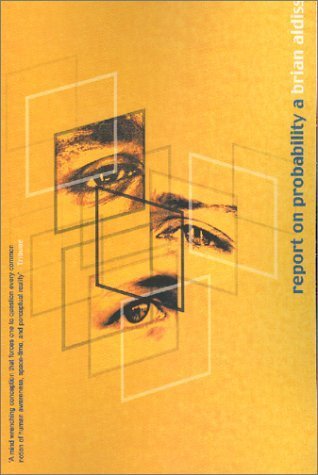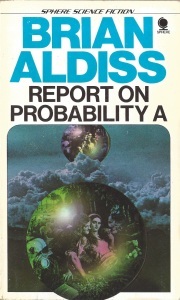What do you think?
Rate this book


152 pages, Paperback
First published January 1, 1968



The puddles were not all of the same size. Some were bigger than others. The bigger ones were larger than the smaller ones. The smaller ones were not as big as the medium-sized ones... The puddles lay on the floor. The puddles wetted the floor. The floor was wetted by the puddles lying on it.
